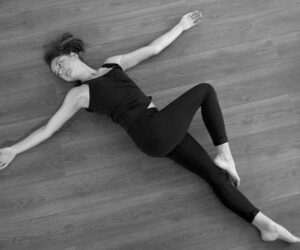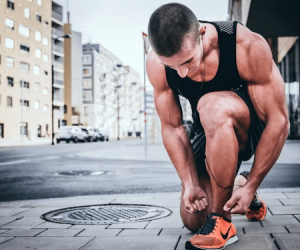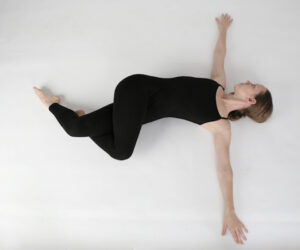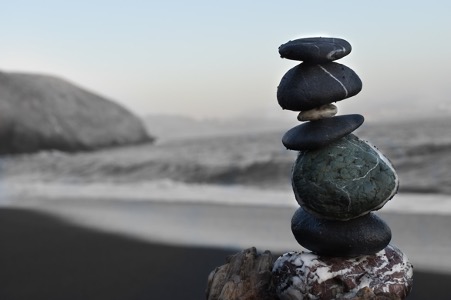
Meditation has been around for centuries and is an important part of many different religious traditions. It is a practice that helps to quiet the mind, allowing us to focus on our innermost thoughts and feelings without external distractions. With regular practice, meditation can lead to greater clarity, creativity, and mindfulness in our lives. In this article, we will explore the science behind meditation, its potential benefits, as well as some tips on how to start your own meditation practice. We hope that by the end you will have gained insight into why so many people are turning towards this age-old practice in order to find peace in their daily lives.
Start By Watching Guided Videos
The best way to begin any meditation practice is by watching guided videos. These videos can be found online or even through apps like Headspace and Calm. They will typically start with a calming introduction and then guide you through the practice, step-by-step. Guided meditations are great for helping you get familiar with the basics of meditation and to become aware of your own body. By watching meditation videos, you will learn how to focus your attention, take deep breaths, and relax your body. It is recommended to start out with shorter meditations, usually 10-20 minutes long.
Understand the Science Behind Meditation
Understanding the science behind meditation can be beneficial in understanding why it works so well for many people. Research has found that regular meditation can improve attention and memory, reduce stress levels, increase mindfulness, and even lower blood pressure.
The physiological effects of meditation have been well documented. Studies have shown that meditation can help regulate the autonomic nervous system, which is responsible for controlling bodily functions like breathing and heart rate. This can lead to improved relaxation and mental clarity. Additionally, research has found that meditation can increase brain activity in areas associated with concentration, learning, memory, and emotion regulation.
Meditation is also known to help reduce stress hormones like cortisol and adrenaline, which can have a positive impact on overall physical health. Long-term meditators often report feeling less anxious and more content with their lives when compared to non-meditators. Research has even found that meditating for as little as 20 minutes a day can reduce the risk of developing depression and anxiety disorders.
What Is Mindfulness?
Mindfulness is an important part of meditation and can be defined as “a state of alert, receptive awareness in the present moment.” By being mindful, we can learn to observe our thoughts and feelings without judgment or attachment. This allows us to become more aware of our own internal states and how they may be influencing our external behaviors. To practice mindfulness, it is important to focus on the present moment and be aware of your surroundings.
Tips for Starting Your Meditation Practice
- Find a comfortable place that is quiet and free from distractions. This could be in your living room, bedroom, or even outdoors.
- Set an intention for your practice and decide what you would like to focus on.
- Start with short meditations, 10-20 minutes at a time.
- Use guided videos or audio recordings as a tool for learning and staying focused.
- Be patient with yourself and don’t be discouraged if it takes some time to get into the groove of meditation.
- Experiment with different techniques to see what works best for you.
Yoga And Meditation
Yoga and meditation often go hand-in-hand. Yoga incorporates physical postures, breathing exercises, and meditation to create a holistic mind-body practice. It can be especially helpful for beginners as it helps to ease the body into a meditative state. Additionally, yoga poses can help release physical tension that may be inhibiting relaxation during meditation.
There are a variety of yoga poses to choose from, and it’s important to find the ones that work best for you. Asanas, or postures, can be modified depending on the level of difficulty desired. For example, a person who is looking for an intense physical challenge might opt for Bhujangasana (Cobra Pose), while someone who is just starting out might prefer a gentler pose like Virasana (Hero Pose).
Breathing Exercises
Breathing exercises are also an important part of yoga practice. Pranayama, or breath control, helps to focus the mind and relax the body. Diaphragmatic breathing is one popular technique that encourages deep, slow breaths using the diaphragm. This type of breathing can help to reduce stress and anxiety, as well as aid in relaxation. To practice this technique, find a comfortable seated position and begin by taking long, deep breaths through the nose.
Focusing on the breath helps to distract from any other thoughts or worries that may arise during the practice. Counting the breaths can also help to keep focus and deepen awareness of each inhalation and exhalation. Other pranayama techniques such as alternate nostril breathing, kapalabhati, bhastrika, and ujjayi breath are also beneficial for meditative practices. All these exercises should be practiced under the supervision of an experienced yoga teacher in order to ensure correct practice and avoid injury.
No matter which breathing exercise is practiced, it can be beneficial to take a few moments afterward to sit quietly and absorb the effects of the breath work. This time allows for the integration of the experience into daily life, and further relaxation. One might also try conscious relaxation, which involves focusing on the body, allowing tension to dissolve away. Once all the physical and mental sensations have been acknowledged and accepted, one can move forward feeling relaxed and refreshed.
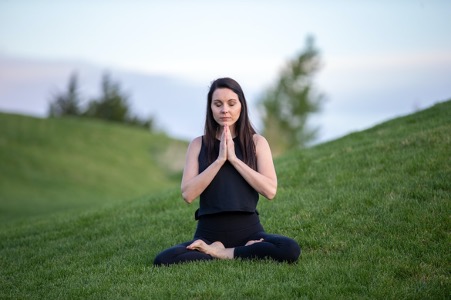
In summary, there are many different forms of meditation, and each has its own unique benefits. Mindfulness is an important component of any practice, as it helps to cultivate awareness and acceptance of the present moment. Yoga can be a great tool for learning how to meditate, as it teaches physical postures and breathing exercises that help to relax the body and mind. Breath control, or pranayama, is another helpful tool for cultivating focus and relaxation. Finally, conscious relaxation can be beneficial in integrating the effects of the practice into daily life. With some patience and dedication, anyone can learn how to meditate and reap its many benefits.

